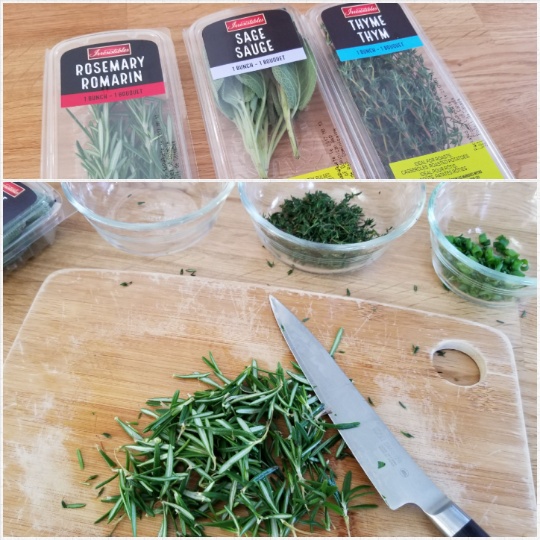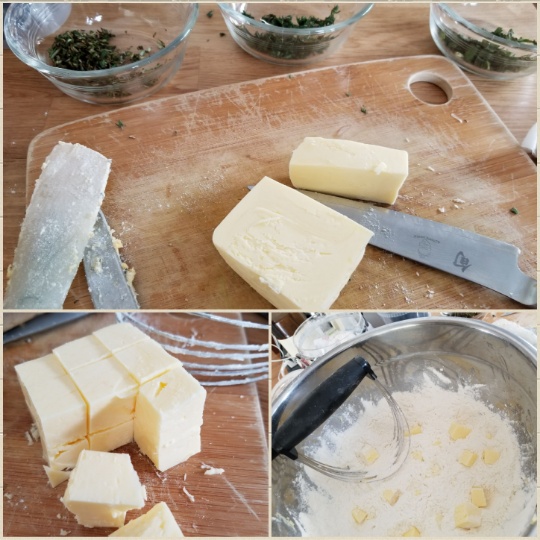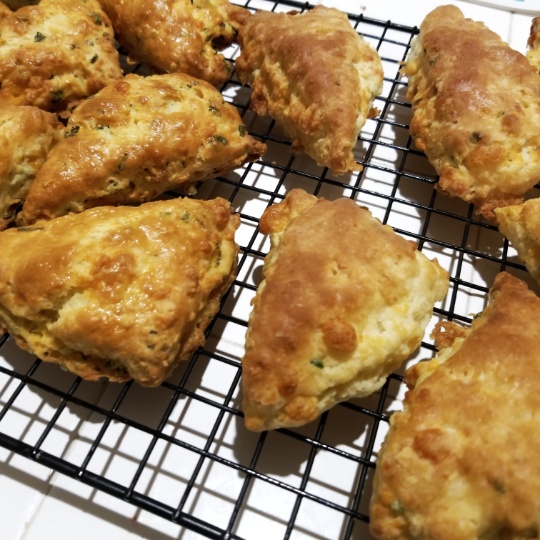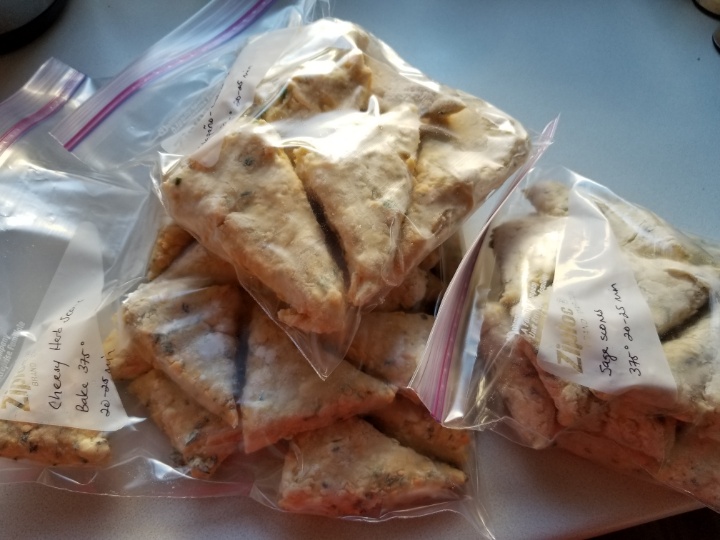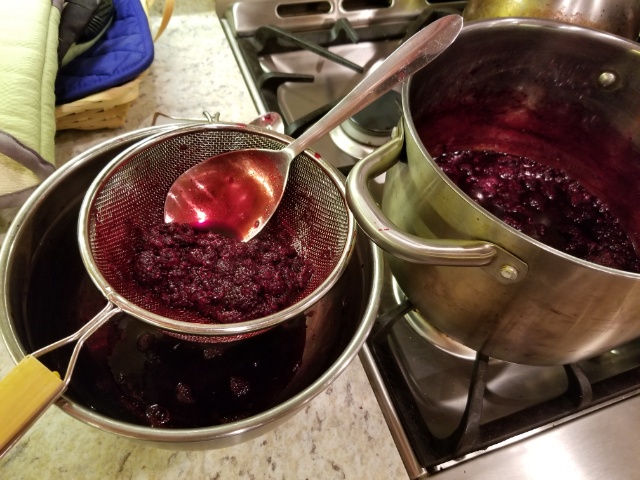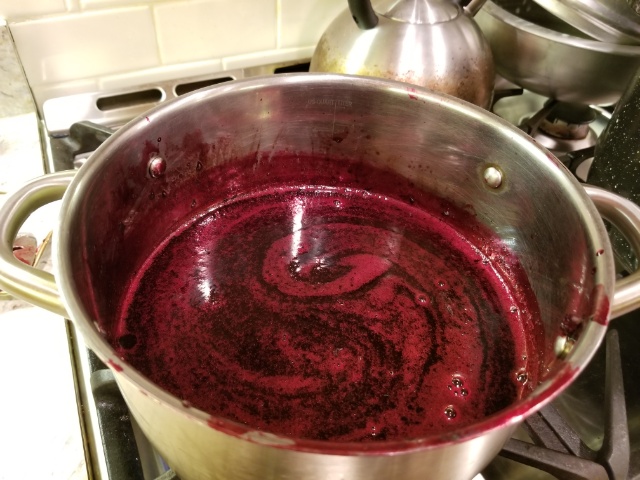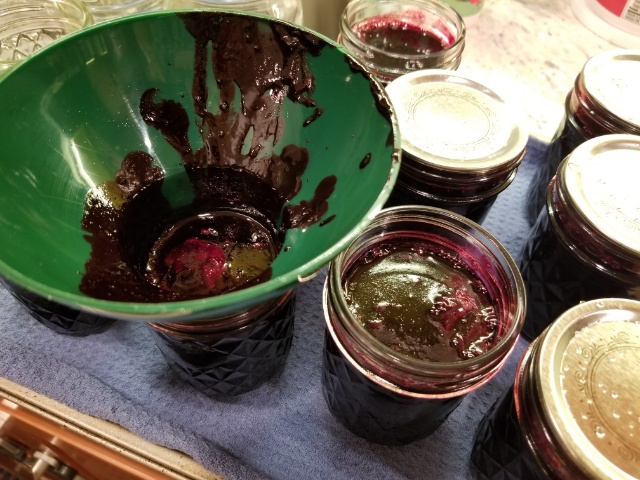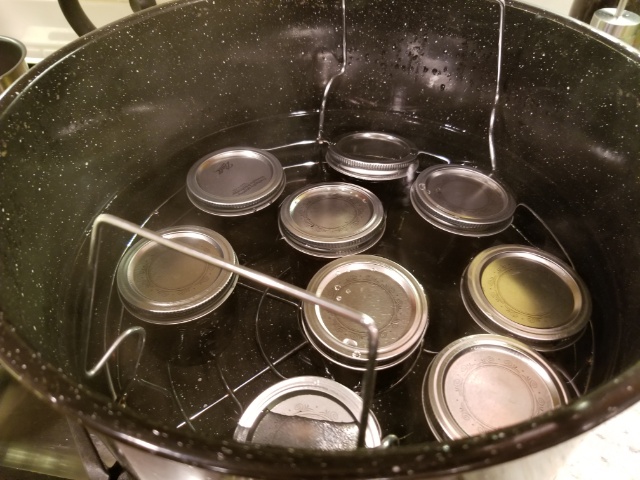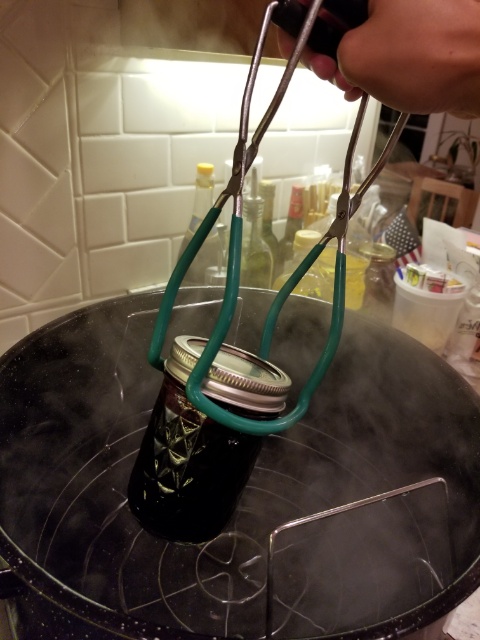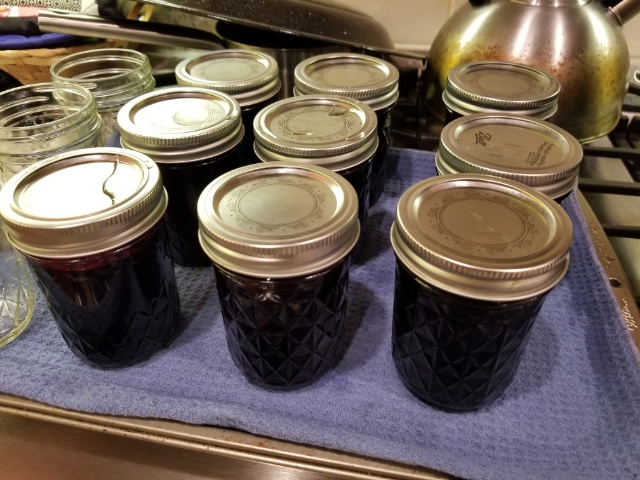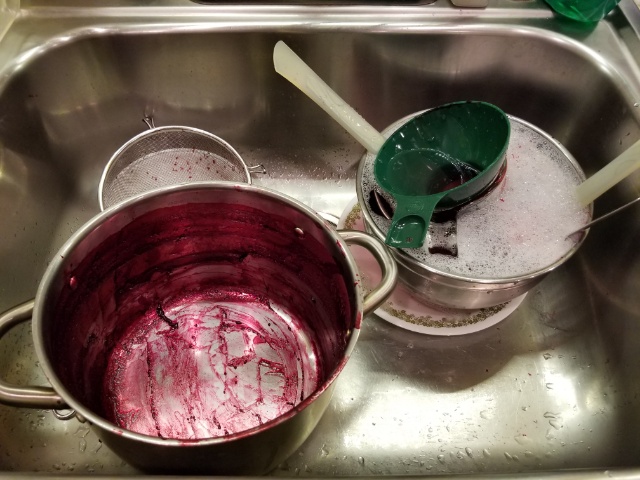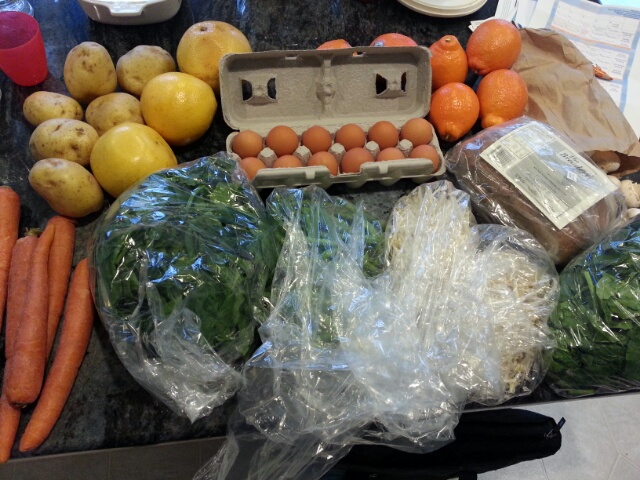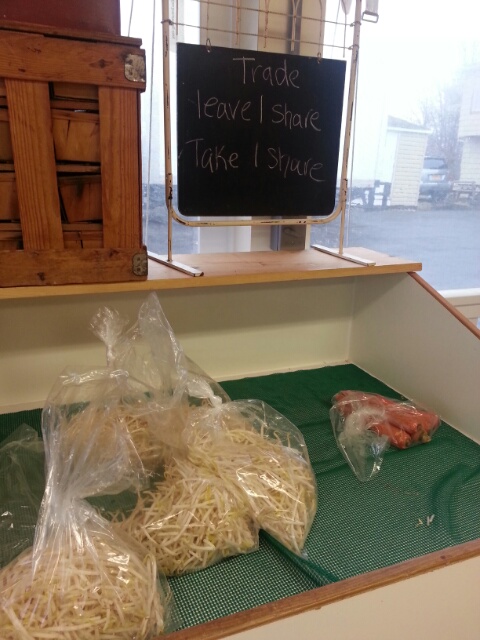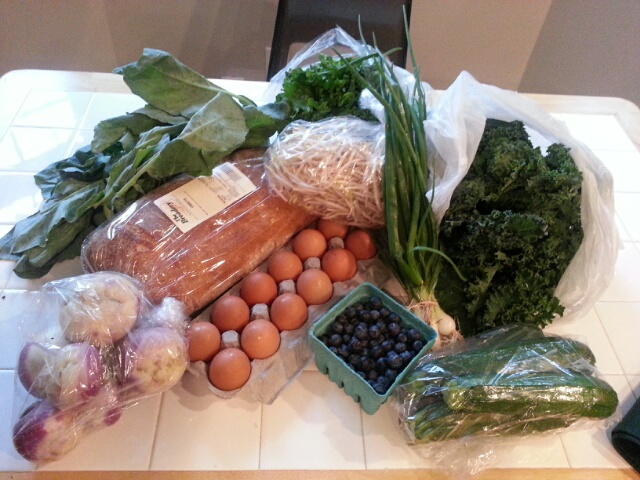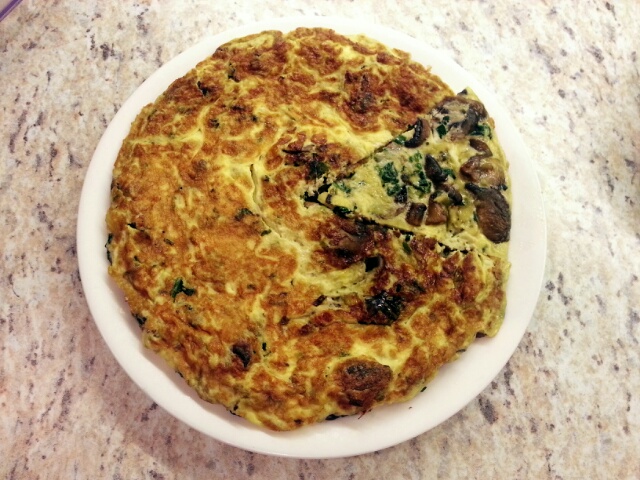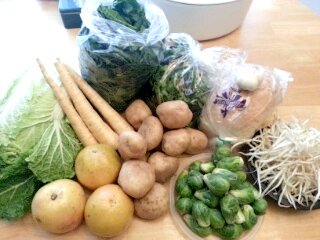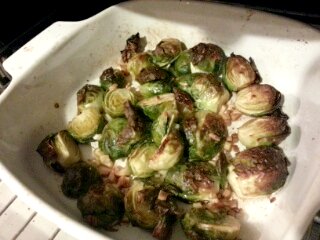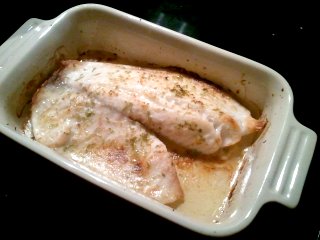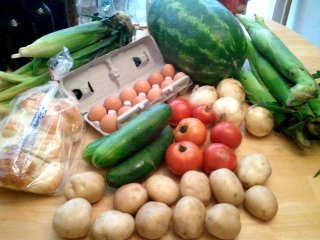We ate strictly vegan for the entire month of April. K talked me into it; he thought (correctly) that if we didn’t go all out, we’d make do with half measures and wouldn’t try really new things. He was also partially inspired by J. Kenji Lopez-Alt, who goes vegan for a month every year at Serious Eats, and by the fact that we’ve recently seen some vegan chefs whip up deliciousness out of very little on cooking shows. We only slipped up a few times, and by accident; once I absentmindedly put honey in my tea, and he ate a couple of chips before realizing that they had dairy ingredients. We continued to cook meat for the kids, but washed out the pans and utensils before using them to cook our food. It’s been a couple of weeks since vegan month ended, and these are my takeaways:
– I thought I would miss steak and bacon. Instead, I missed eggs and tiny fish. I found mushrooms and tofu to be meaty and flavorful enough, and smoked paprika was a pretty decent flavor stand-in for bacon, but there’s no substitute for a perfectly runny egg or the briny punch of an anchovy. When the month ended, the first meat protein I ate was a single smoked sardine, right out of the jar.
– That said, I found that our vegan dishes tended to be incredibly flavorful. Maybe this was a function of how we cooked, but we’ve found that meat tends to provide a shortcut to deliciousness, whereas it needs to be coaxed out of vegetables a little more. When vegetables show up with flavor, though, it’s absolutely killer.
– On weekends we cook for the week ahead; in the pre-vegan times this meant having cooked meat, cooked veg, and starch in the fridge ready to assemble and reheat. Obviously this had to change for vegan month; after some less-than-successful attempts to recreate the previous system, I found that I loved seasoning and cooking elements separately (mushrooms, cauliflower, sweet potato, tofu, etc) and then just having the little flavor bombs sitting in the fridge ready to go. All we had to do was put a few spoonfuls of each onto rice, salad greens, or beans, and the combination immediately became complex and savory, new flavors in every bite.
– Trying vegan dessert recipes was a disaster; generalizing from the two (well-reviewed!) “vegan dessert” recipes I tried, anyone writing dessert recipes from a vegan/health perspective doesn’t know what real dessert is supposed to taste like. Instead, I took my brother’s advice: start with normal recipes and substitute accordingly. I used sticks of plant-based “butter” in place of actual butter; almond or coconut milk instead of dairy; and flax meal and water for egg. Those substitutions managed to turn out delicious cookies, cakes, muffins, enriched breads, and filled bao (with char siu jackfruit filling) without having to make further compromises. Also, meringues made out of aquafaba (chickpea water) turned out amazingly well.
– DUMPLINGS. What a game changer. In the past I’ve only ever wrapped dumplings with a pork-based filling, and it was always a little nerve-wracking; I’m super germ-conscious, and very careful about washing my hands, sanitizing surfaces, and segregating items that touched raw meat away from items that haven’t. However, with a dumpling filling based on tofu/wheat gluten/mushrooms/cabbage, well-seasoned and even cooked beforehand, I felt all my worries melting away. I made dumplings with gleeful abandon. It was so freeing. I may never make raw meat dumplings again, I am completely serious. It’s not worth the stress, especially when there’s so much flavor in the vegan ones.
– Overnight oats! I am an overnight oat convert. K made Alton Brown’s overnight coconut oats and they were so good, we didn’t even try any other recipes even though I’d bookmarked a bunch. I found them kind of weird and cold and goopy at first, but the recipe we used was so fragrant with coconut and almond that it drew me in. My grab-and-go breakfast used to be a baked item (bun, croissant, muffin) and a boiled egg; I would usually be quite hungry by lunchtime. Now I actively crave overnight oats, which I serve myself with frozen berries and a sliced banana, and I’m only slightly hungry by noon. All hail overnight oats. We’ve continued eating them well past the end of April.
Now that we’re well into the post-vegan-month period, I think some changes have staying power; when cooking a quick weeknight meal, I used to reach for eggs as an easy protein, and now I reach for tofu or chickpeas instead (I’ll save the eggs for the good stuff). This past weekend, I made a typical weekend brunch (pancakes, eggs, bacon, fruit), and then felt that it was incomplete; after adding a hash with potato, onion, and diced colorful peppers, the meal looked and felt a lot more appealing.
When cooking ahead for this week, we made a big dal tadka (cooked lentils flavored with spicy onions and tomatoes, honestly it’s kind of like a beany Indian congee), sauteed some chickpeas with spinach and peppers, and grilled up a bunch of asparagus, mushrooms, and tofu. We (really, K) also grilled a single steak, which we’ve shared among the four of us, and we also made some soy sauce chicken drumsticks for the kids. The fridge is also well stocked with roasted sweet potatoes (halved and roasted with salt, pepper, and smoked paprika, they are amazing), which go with anything. In the past we would have cooked up a big meat-centered dish and all the vegetables would have been dutiful afterthoughts. I’m definitely happy with how things have evolved (and so are my taste buds). Well done, K.






